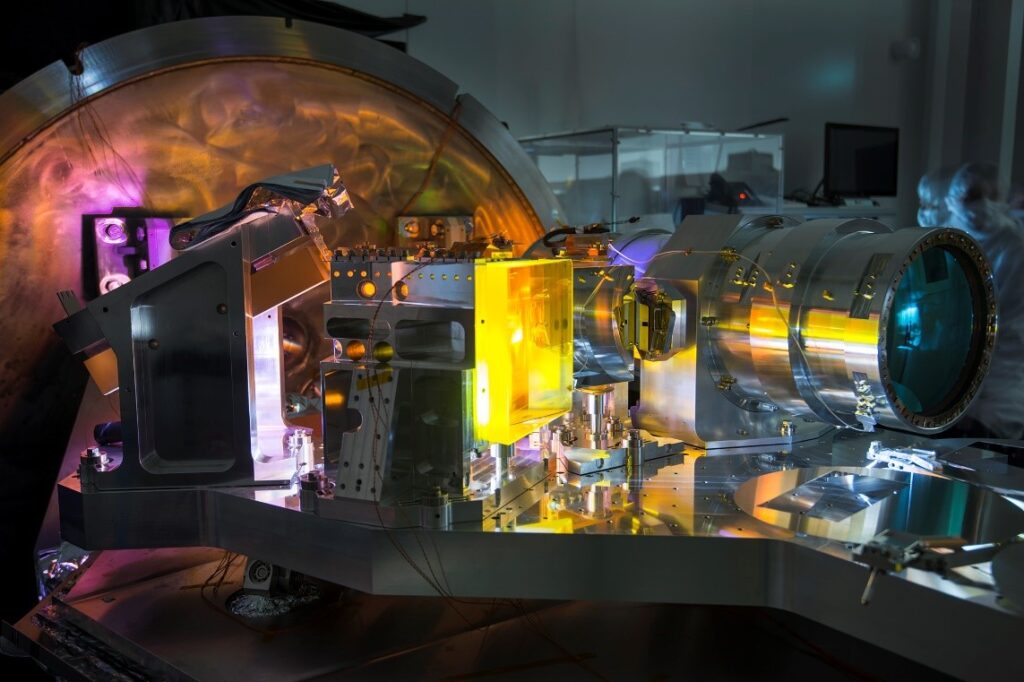Stellar magnetic fields are ever-changing!
An international study involving the Montpellier Universe and Particles Laboratory (UM - CNRS) has just shown that the magnetic field of the red dwarf star AD Leonis is moving towards a reversal of polarities, a first for this type of star. These results, published in the journal Astronomy and Astrophysics, were obtained after 15 years of observations with the Canada-France-Hawaii Telescope and the Bernard Lyot Telescope.

The 11-year solar activity cycle is a well-known phenomenon, during which the intensity of the Sun's magnetic field varies and its polarities reverse. Over the past 30 years, astronomers have identified similar behavior in several Sun-like stars. But until now, no reversal of magnetic polarities has been observed for their cooler counterparts, the red dwarf stars.
An international team including scientists from IRAP, LUPM, IPAG, IAP and LAM has just shown that the magnetic field of the notoriously active red dwarf AD Leonis may be approaching a polarity reversal, based on observations spanning 15 years. These data were obtained using the ESPaDOnS and SPIRou instruments at the Canada-France-Hawaii Telescope (CFHT ) and NARVAL at the Bernard Lyot Telescope (BLT).
AD Leonis is a notoriously active red dwarf star, with a magnetic field around 1000 times stronger than that of the Sun. More generally, the magnetic fields of red dwarfs differ greatly from the solar magnetic field, and it is not yet known whether they can exhibit magnetic cycles, although hints of activity cycles do exist.
Red dwarf stars and exoplanets
AD Leonis was regularly observed between 2019 and 2020 using the SPIRou instrument as part of the Legacy Survey. The study, led by IRAP PhD student Stefano Bellotti, shows that not only has the magnetic field intensity been steadily decreasing since observations with the ESPaDOnS and NARVAL instruments from 2006 onwards, but also that the star's magnetic poles have begun to flip. Although polarities were not reversed during the SPIRou observations, these results indicate that red dwarfs like AD Leonis may undergo magnetic cycles, like the Sun. This encourages astronomers to continue observing AD Leonis for many years to come.
This result provides a better understanding of the magnetic field generation of stars colder than the Sun. Furthermore, studying the magnetic field of red dwarfs - prime targets for the detection of rocky, Earth-like exoplanets - such as AD Leonis is essential for understanding the space environment in which rocky exoplanets orbit. Indeed, a star's magnetic field regulates the space weather in its vicinity, i.e. the energetic phenomena associated with stellar activity - such as flares and coronal mass ejections - which play a critical role in an exoplanet's ability to maintain an atmosphere during its evolution, and thus remain habitable.
Find out more about the study Monitoring the large-scale magnetic field of AD Leo with SPIRou, ESPaDOnS, and Narval